Hussain Nyeem
BLPnet: A new DNN model and Bengali OCR engine for Automatic License Plate Recognition
Feb 18, 2022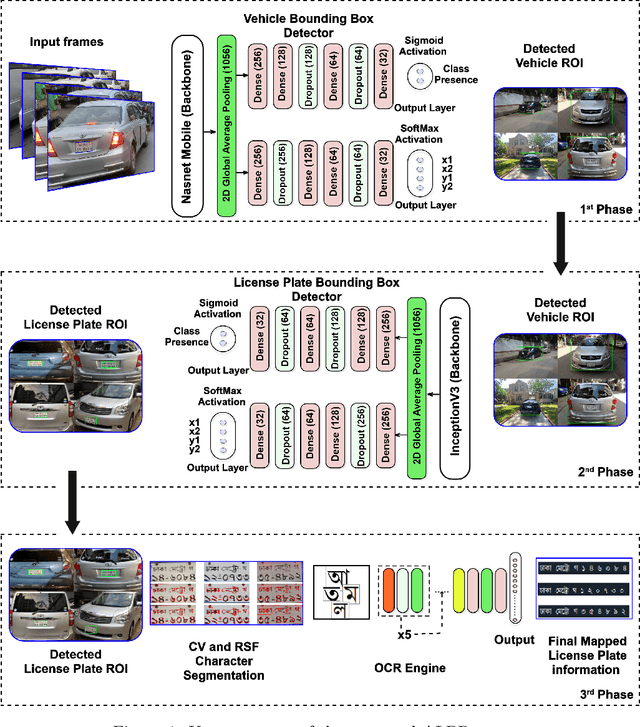
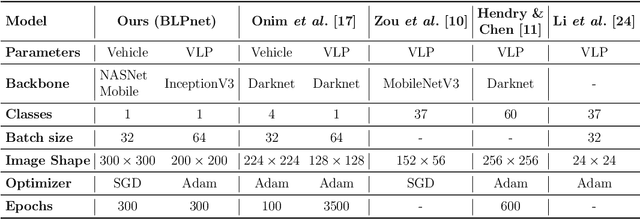
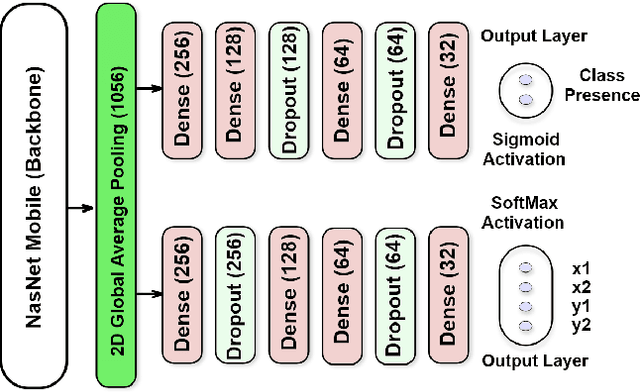
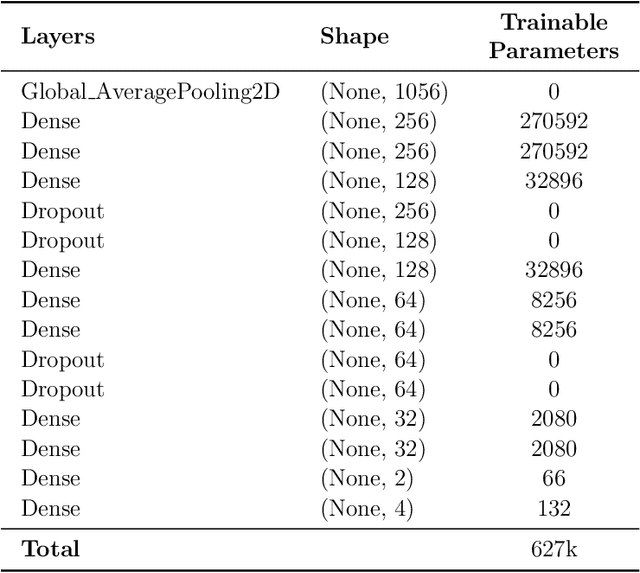
Abstract:The development of the Automatic License Plate Recognition (ALPR) system has received much attention for the English license plate. However, despite being the sixth largest population around the world, no significant progress can be tracked in the Bengali language countries or states for the ALPR system addressing their more alarming traffic management with inadequate road-safety measures. This paper reports a computationally efficient and reasonably accurate Automatic License Plate Recognition (ALPR) system for Bengali characters with a new end-to-end DNN model that we call Bengali License Plate Network(BLPnet). The cascaded architecture for detecting vehicle regions prior to vehicle license plate (VLP) in the model is proposed to eliminate false positives resulting in higher detection accuracy of VLP. Besides, a lower set of trainable parameters is considered for reducing the computational cost making the system faster and more compatible for a real-time application. With a Computational Neural Network (CNN)based new Bengali OCR engine and word-mapping process, the model is characters rotation invariant, and can readily extract, detect and output the complete license plate number of a vehicle. The model feeding with17 frames per second (fps) on real-time video footage can detect a vehicle with the Mean Squared Error (MSE) of 0.0152, and the mean license plate character recognition accuracy of 95%. While compared to the other models, an improvement of 5% and 20% were recorded for the BLPnetover the prominent YOLO-based ALPR model and the Tesseract model for the number-plate detection accuracy and time requirement, respectively.
Reversible data hiding with dual pixel-value-ordering and1minimum prediction error expansion
Feb 12, 2022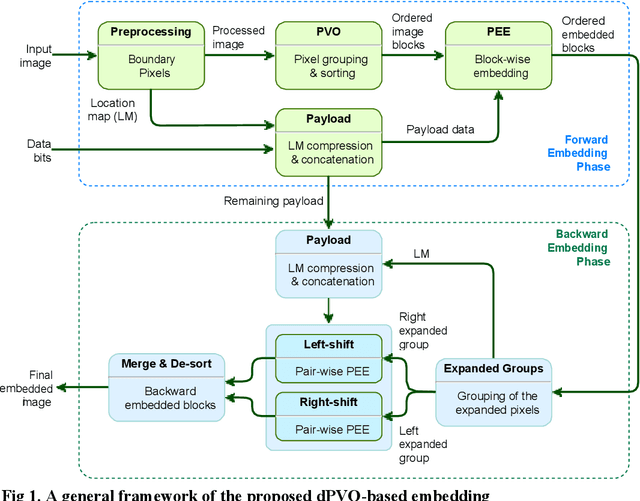



Abstract:Pixel Value Ordering (PVO) holds an impressive property for high fidelity Reversible Data Hiding (RDH). In this paper, we introduce a dual-PVO (dPVO) for Prediction Error Expansion(PEE), and thereby develop a new RDH scheme to offer a better rate-distortion performance. Particularly, we propose to embed in two phases: forward and backward. In the forward phase, PVO with classic PEE is applied to every non-overlapping image block of size 1x3. In the backward phase,minimum-set and maximum-set of pixels are determined from the pixels predicted in the forward phase. The minimum set only contains the lowest predicted pixels and the maximum set contains the largest predicted pixels of each image block. Proposed dPVO withPEE is then applied to both sets, so that the pixel values of the minimum set are increased and that of the maximum set are decreased by a unit value. Thereby, the pixels predicted in the forward embedding can partially be restored to their original values resulting in both better-embedded image quality and a higher embedding rate. Experimental results have recorded a promising rate-distortion performance of our scheme with a significant improvement of embedded image quality at higher embedding rates compared to the popular and state-of-the-art PVO-based RDHschemes.
 Add to Chrome
Add to Chrome Add to Firefox
Add to Firefox Add to Edge
Add to Edge